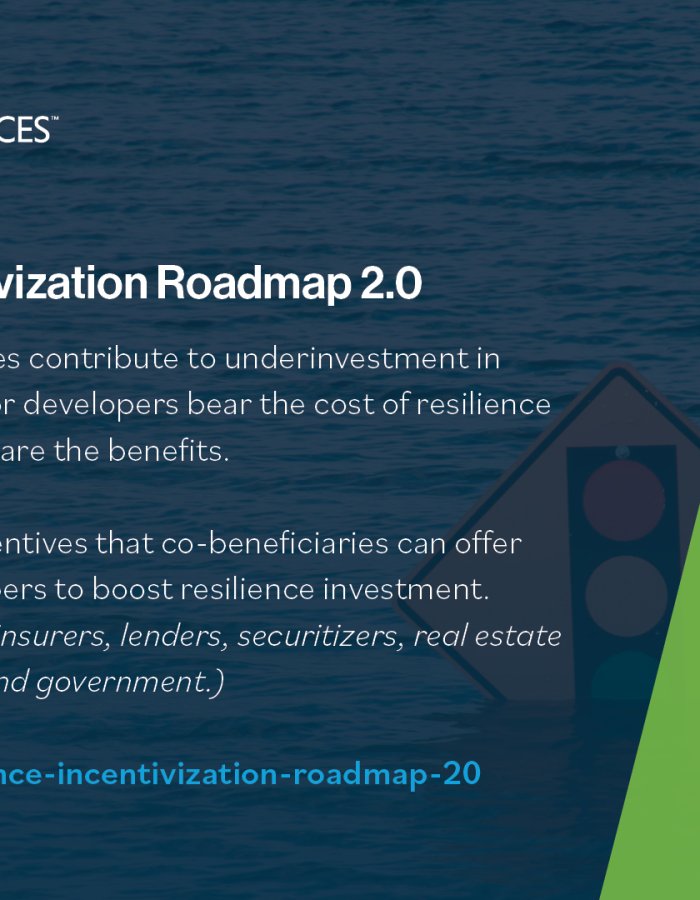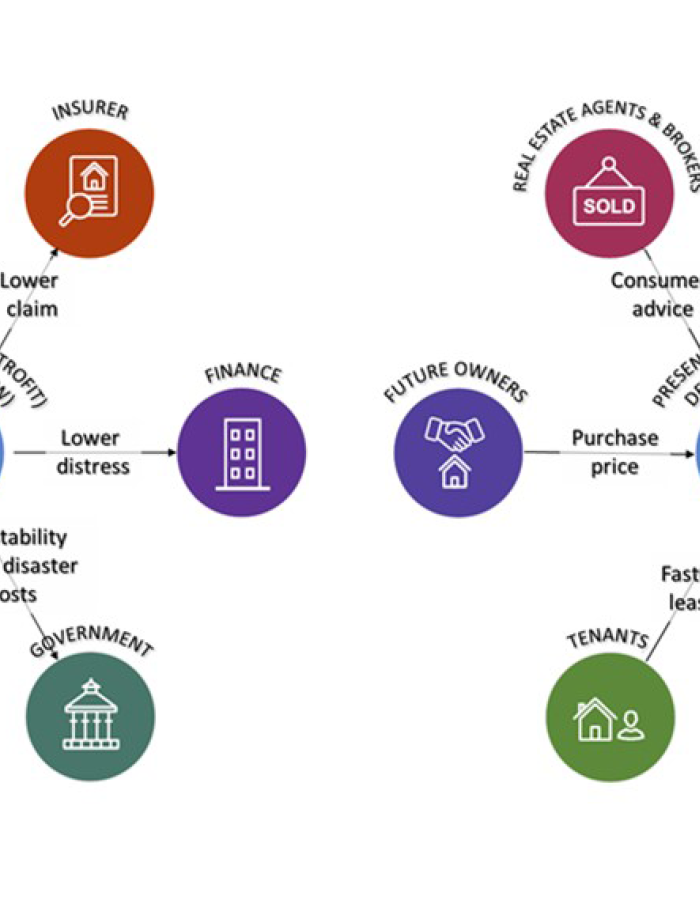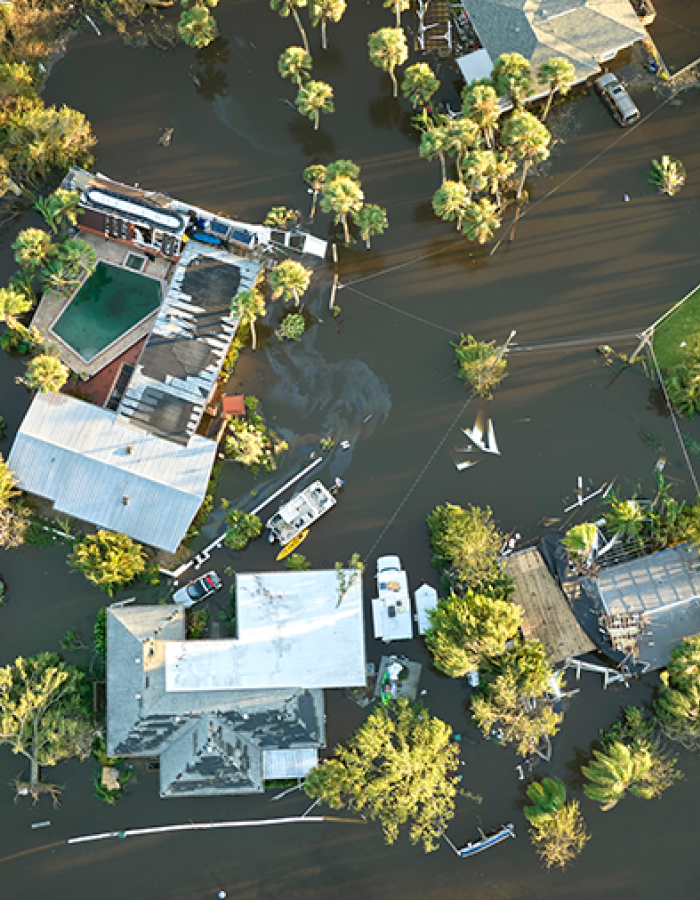
By Christine Cube
In September, NIBS and Fannie Mae unveiled the Resilience Incentivization Roadmap 2.0 – a continuation of a 2020 study that called for public and private incentives that allow owners of buildings and other infrastructure to facilitate the upgrade of existing infrastructure and better design of new infrastructure.










